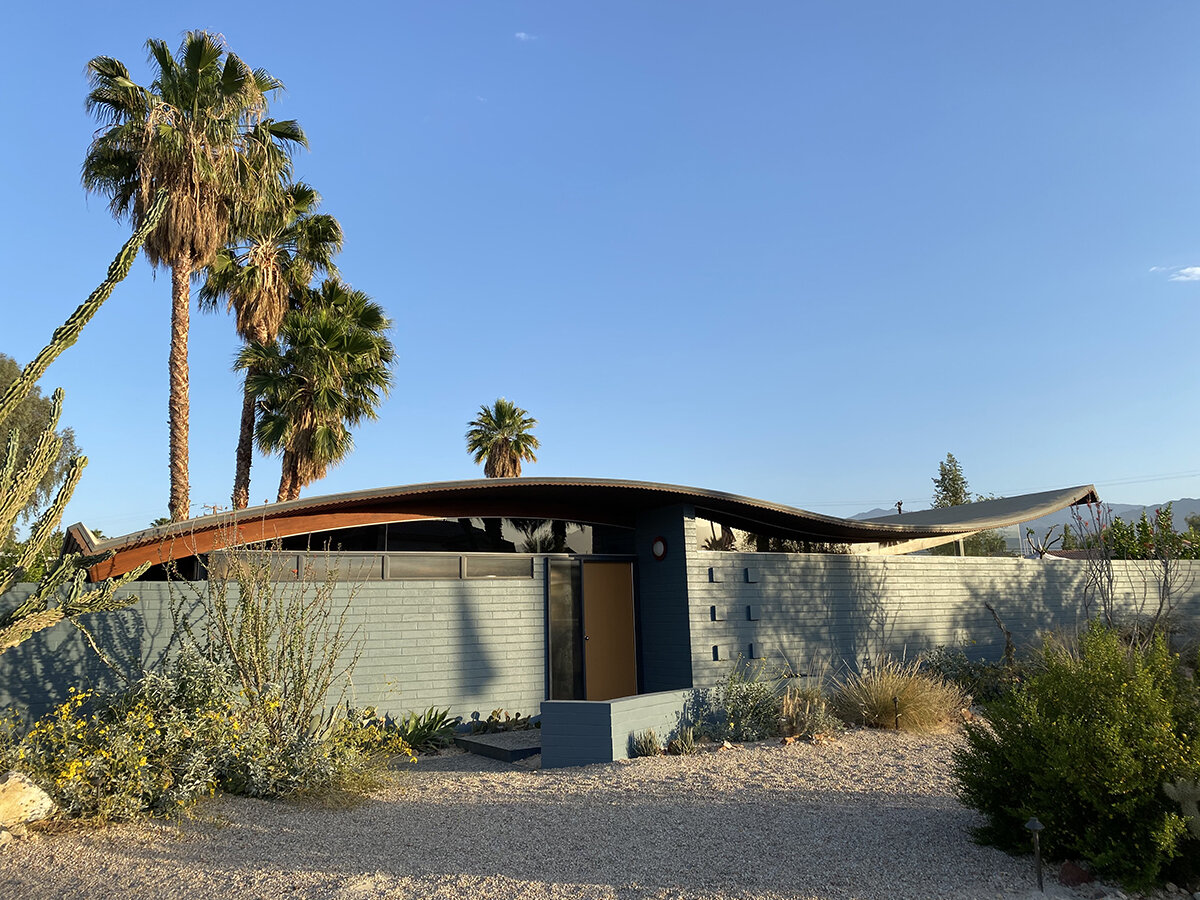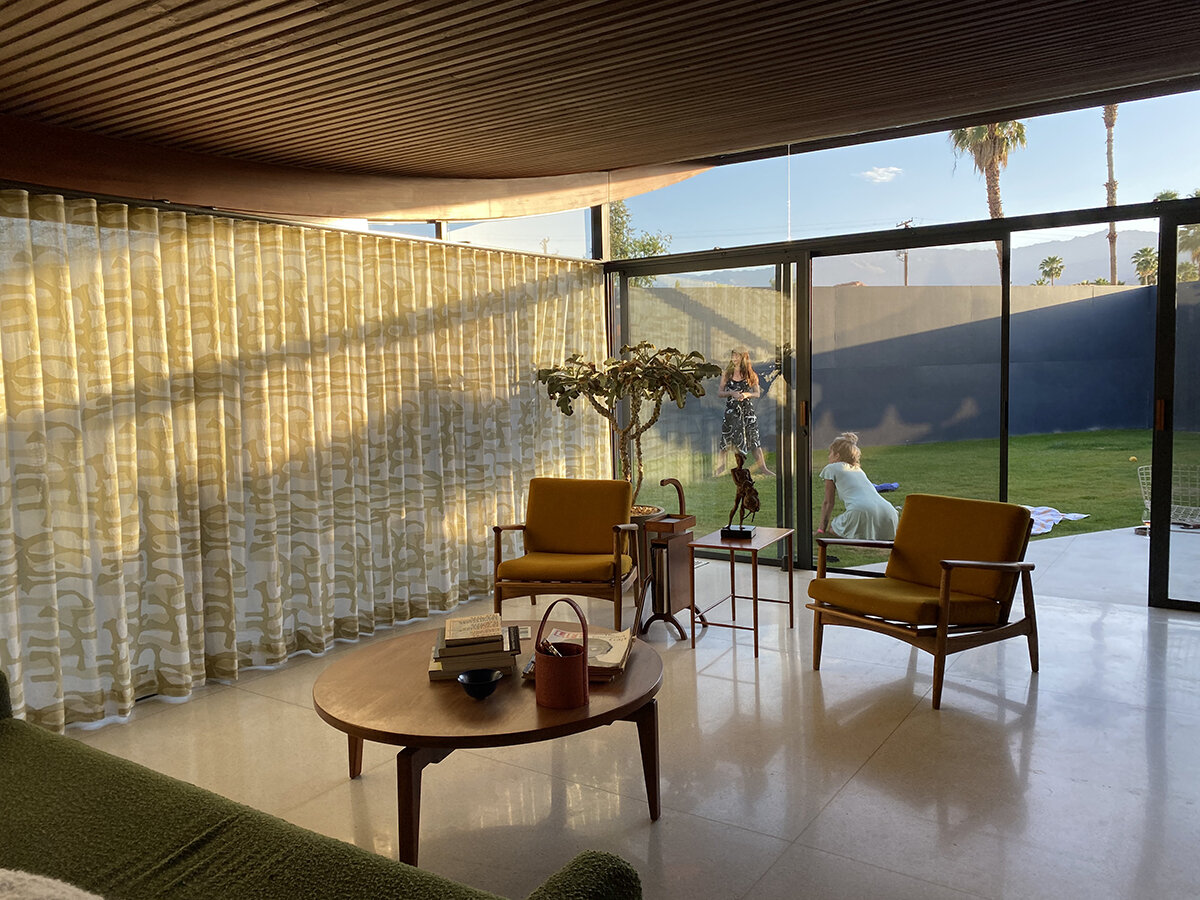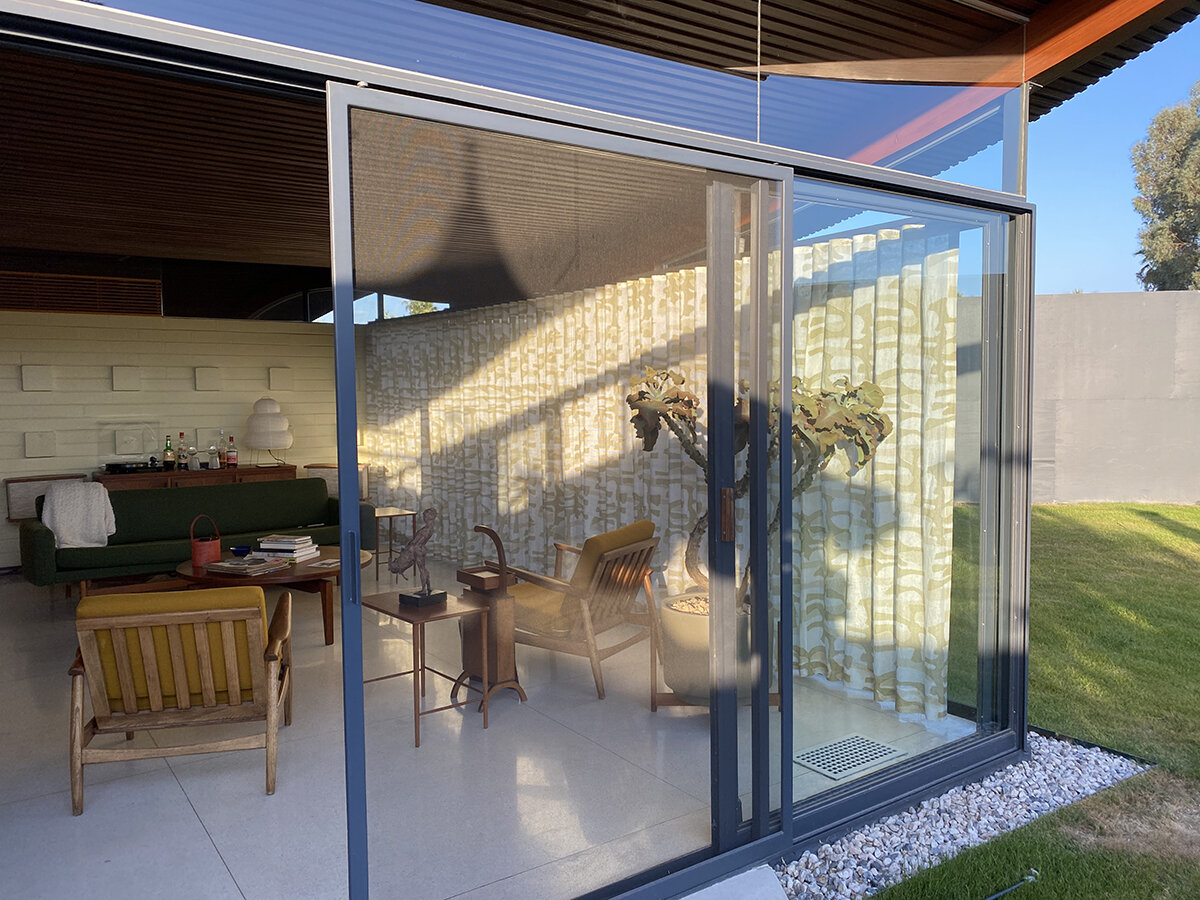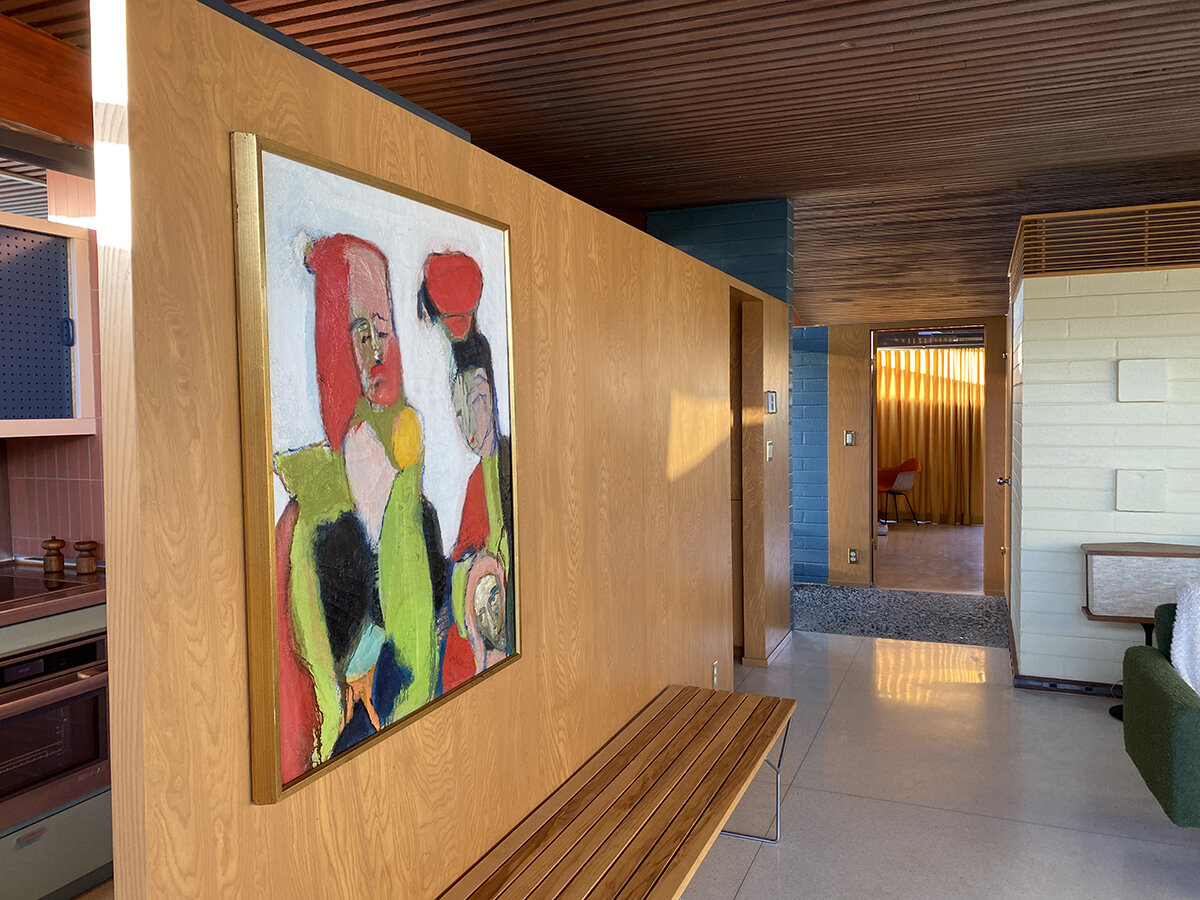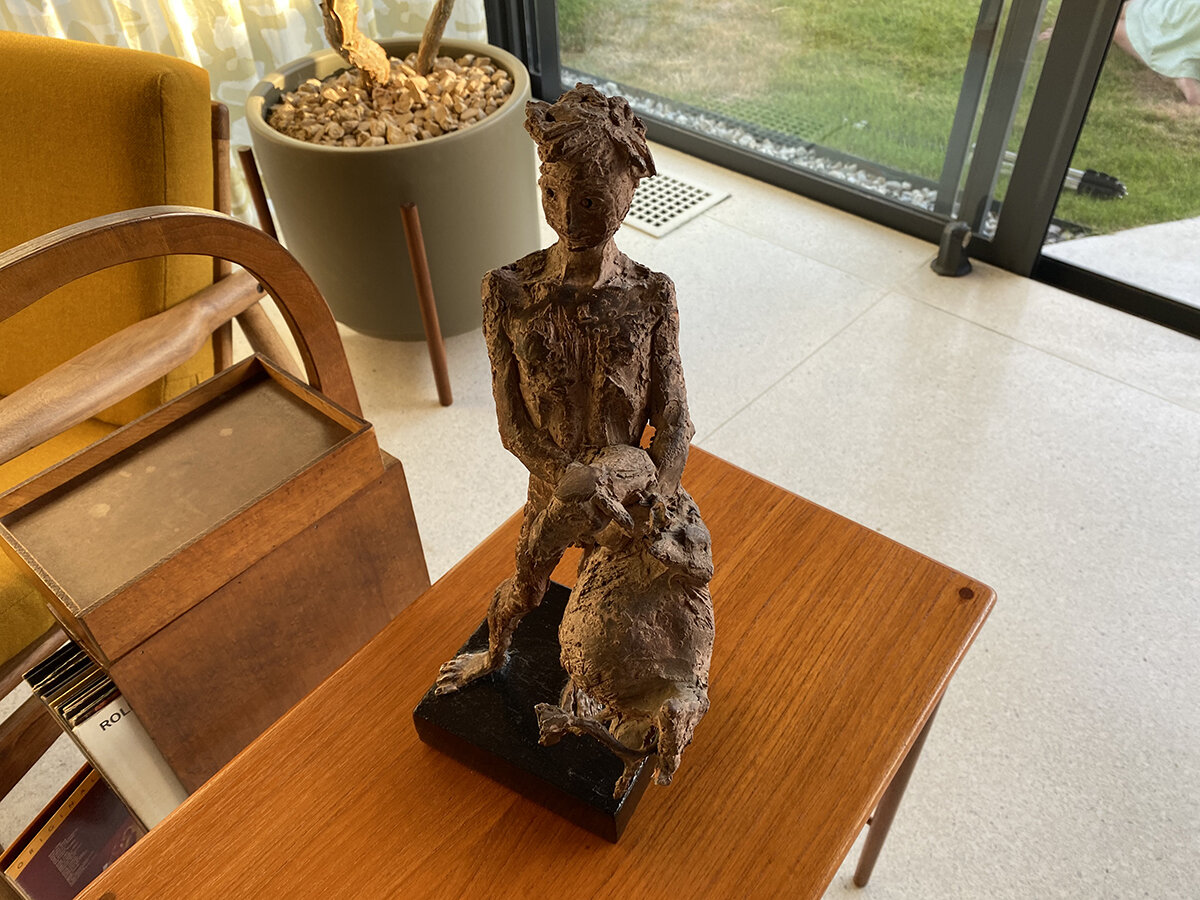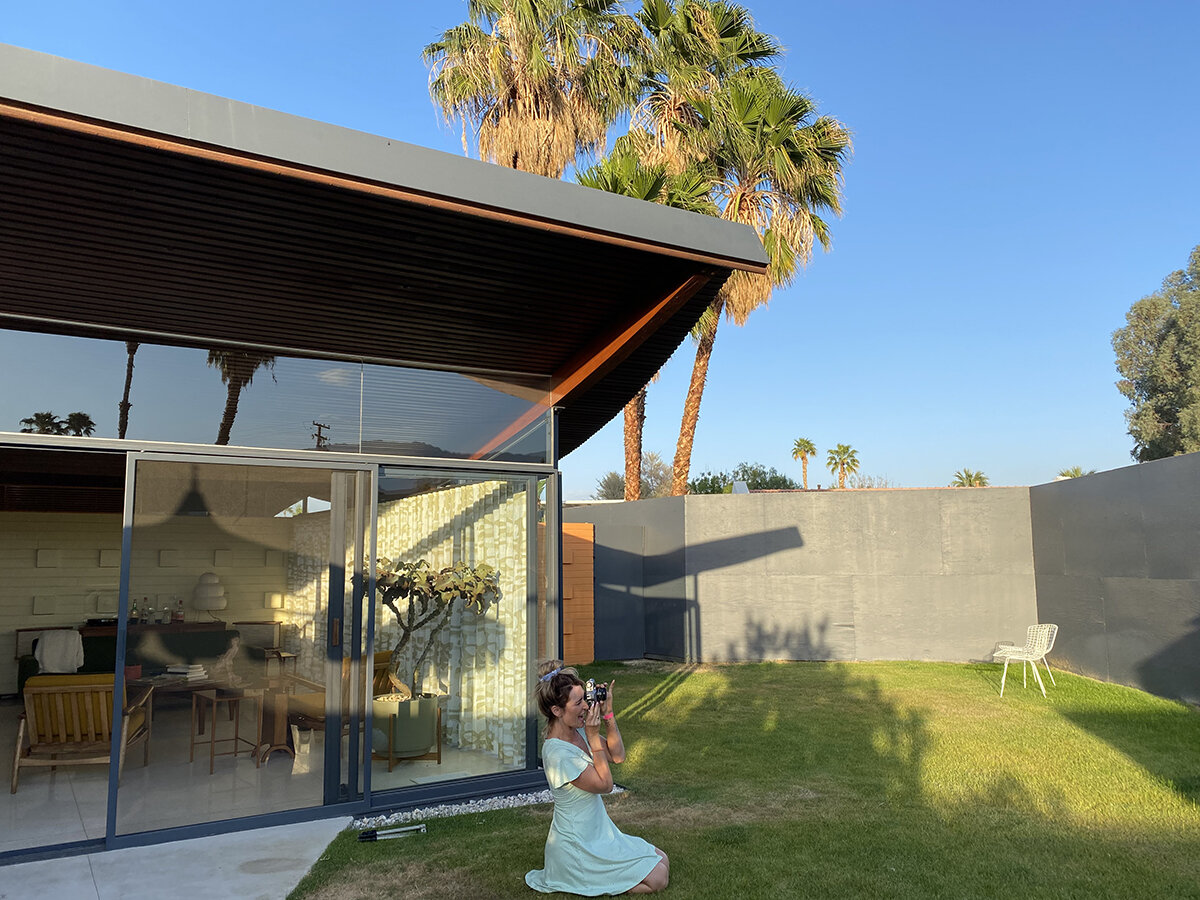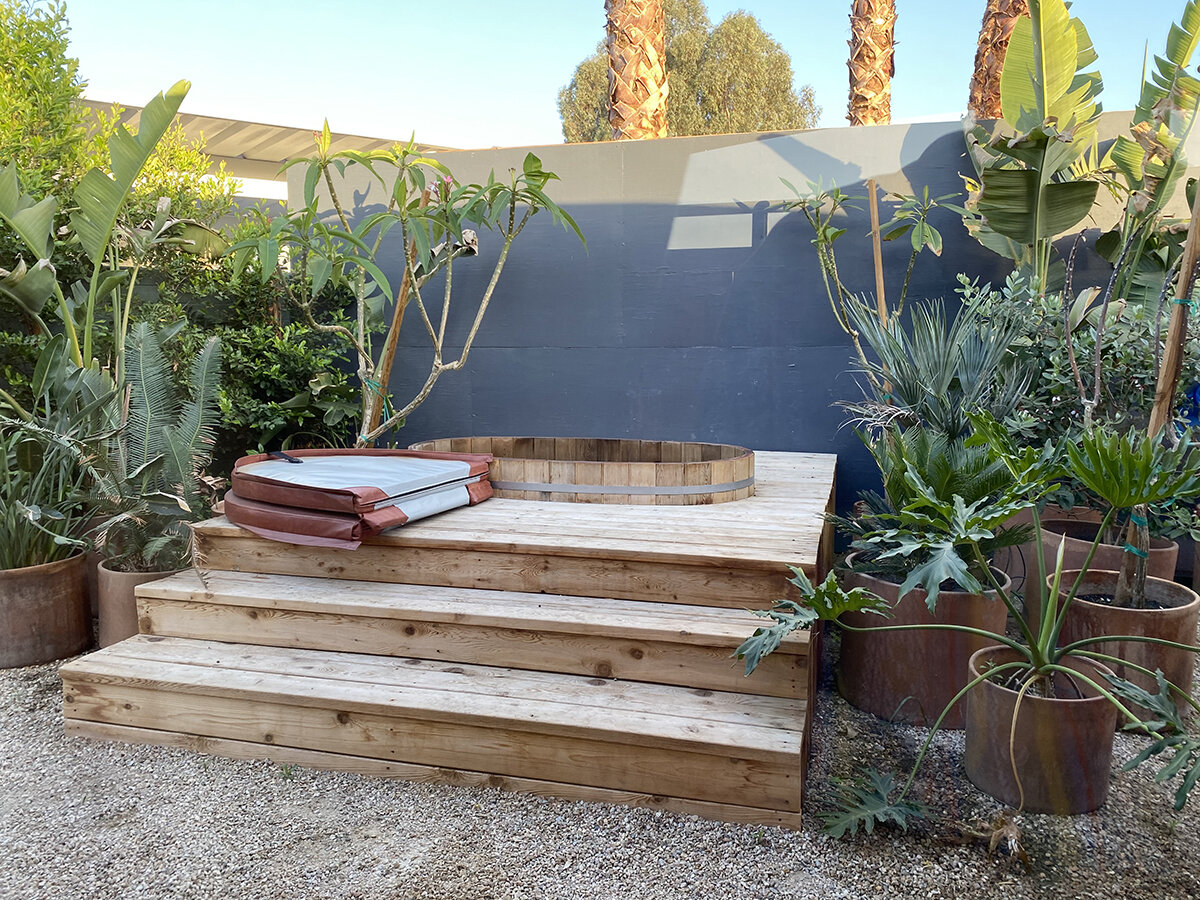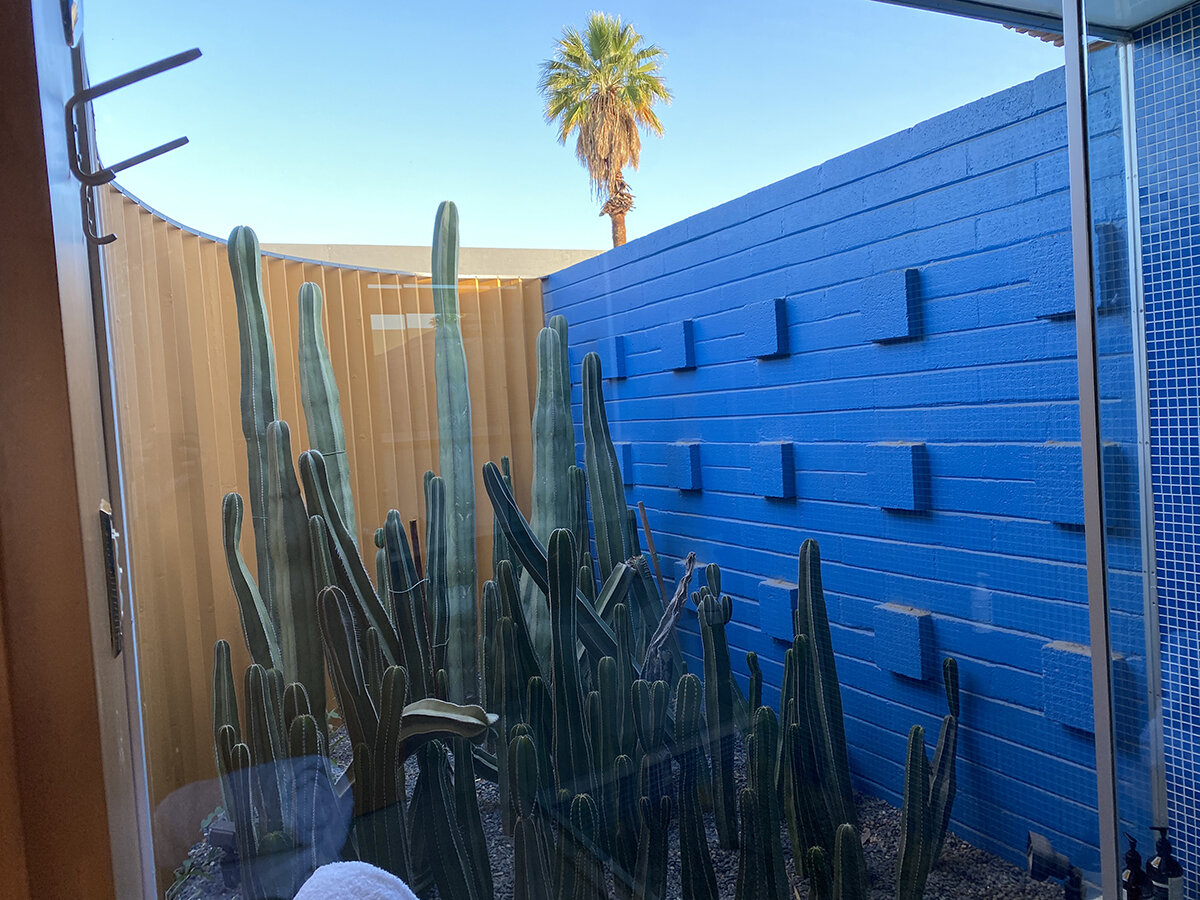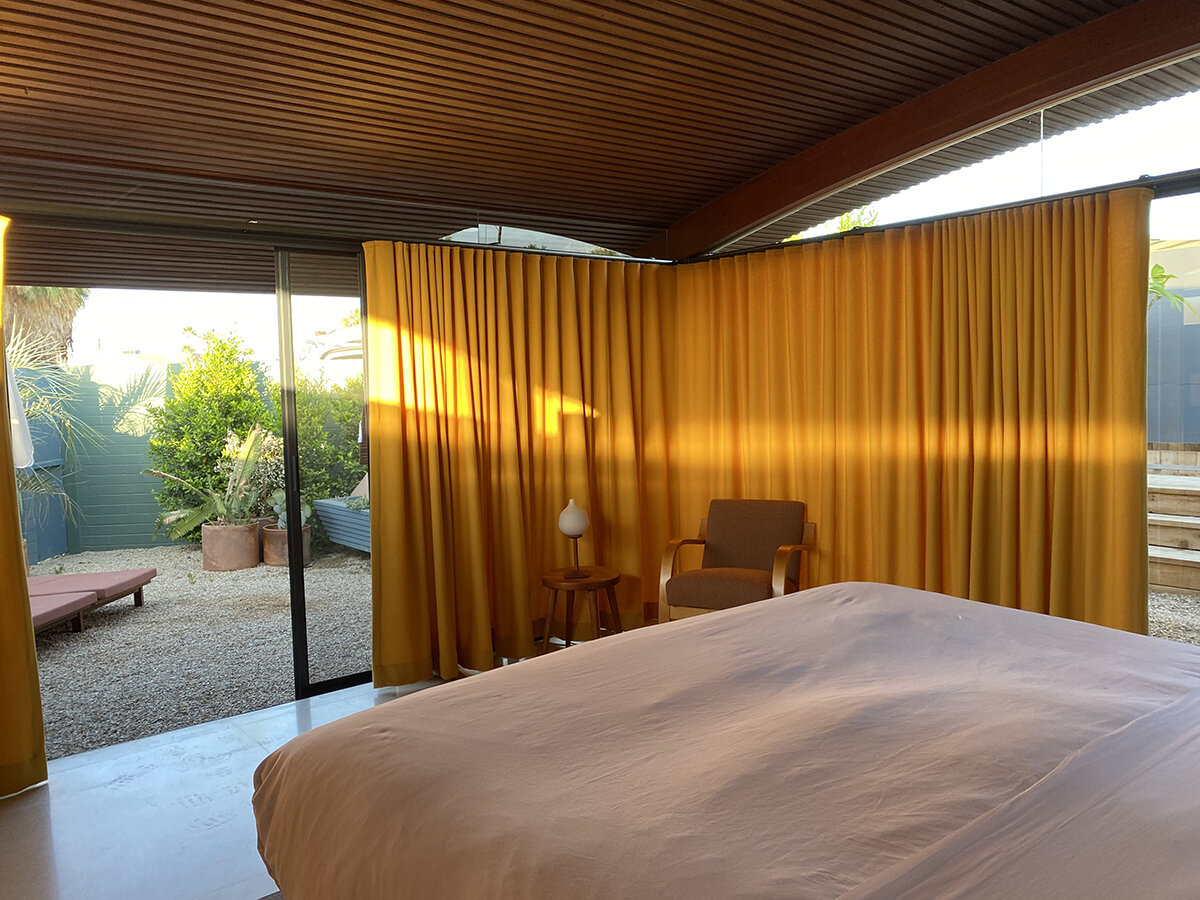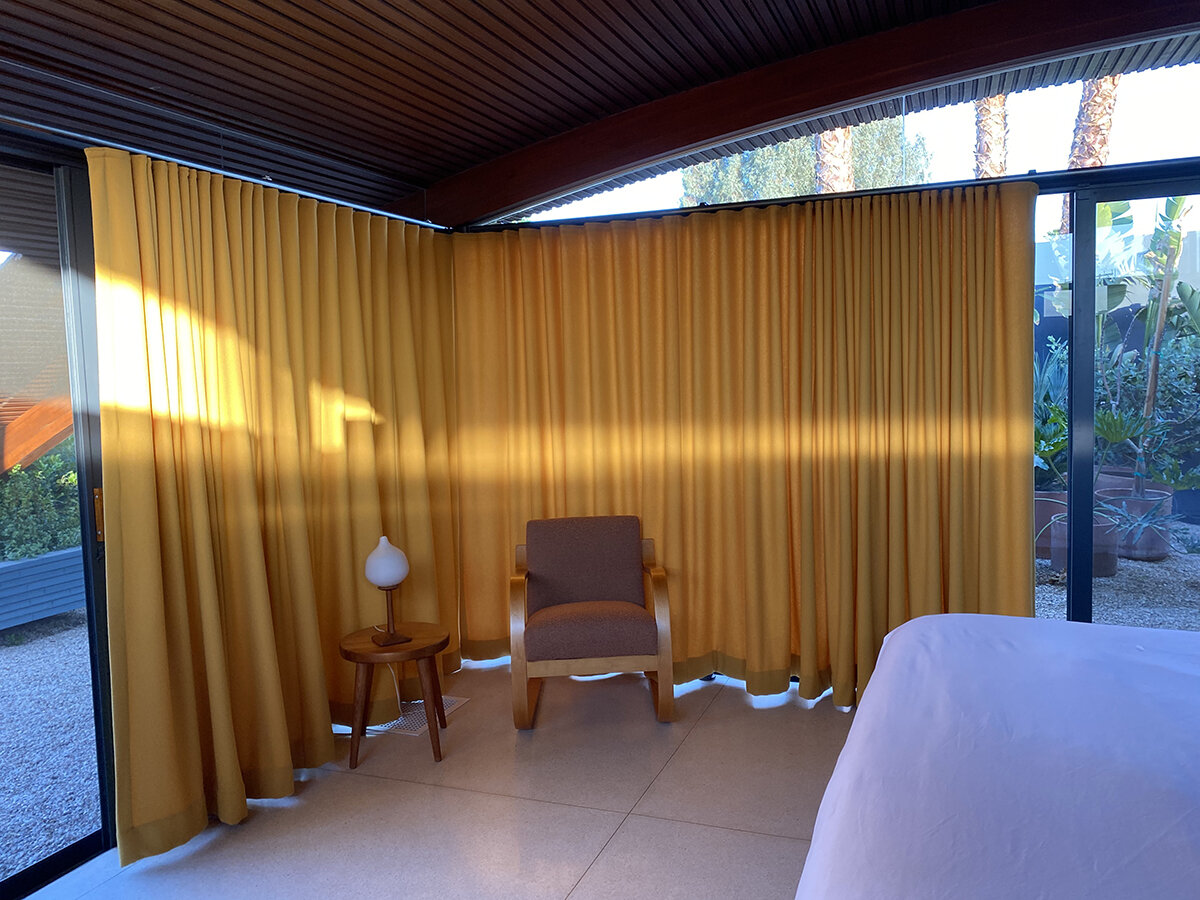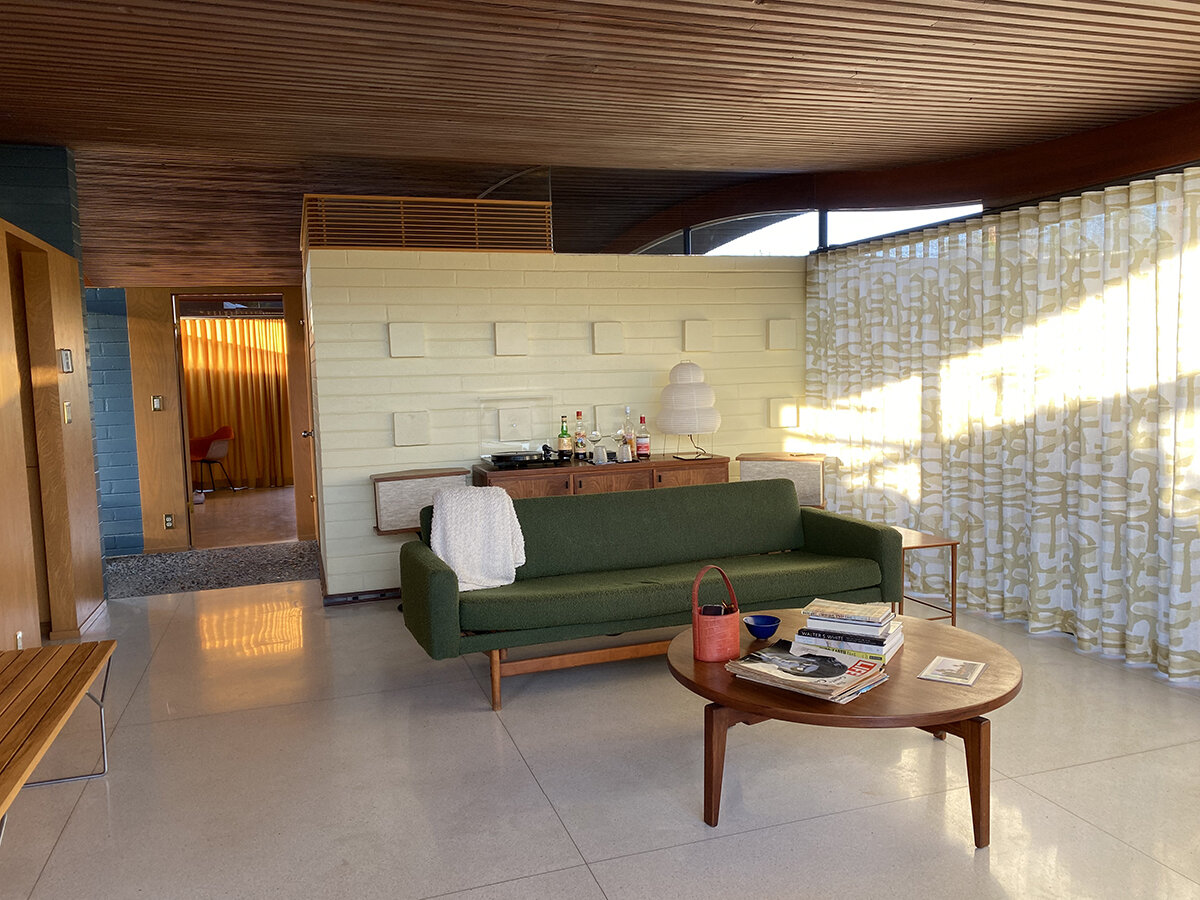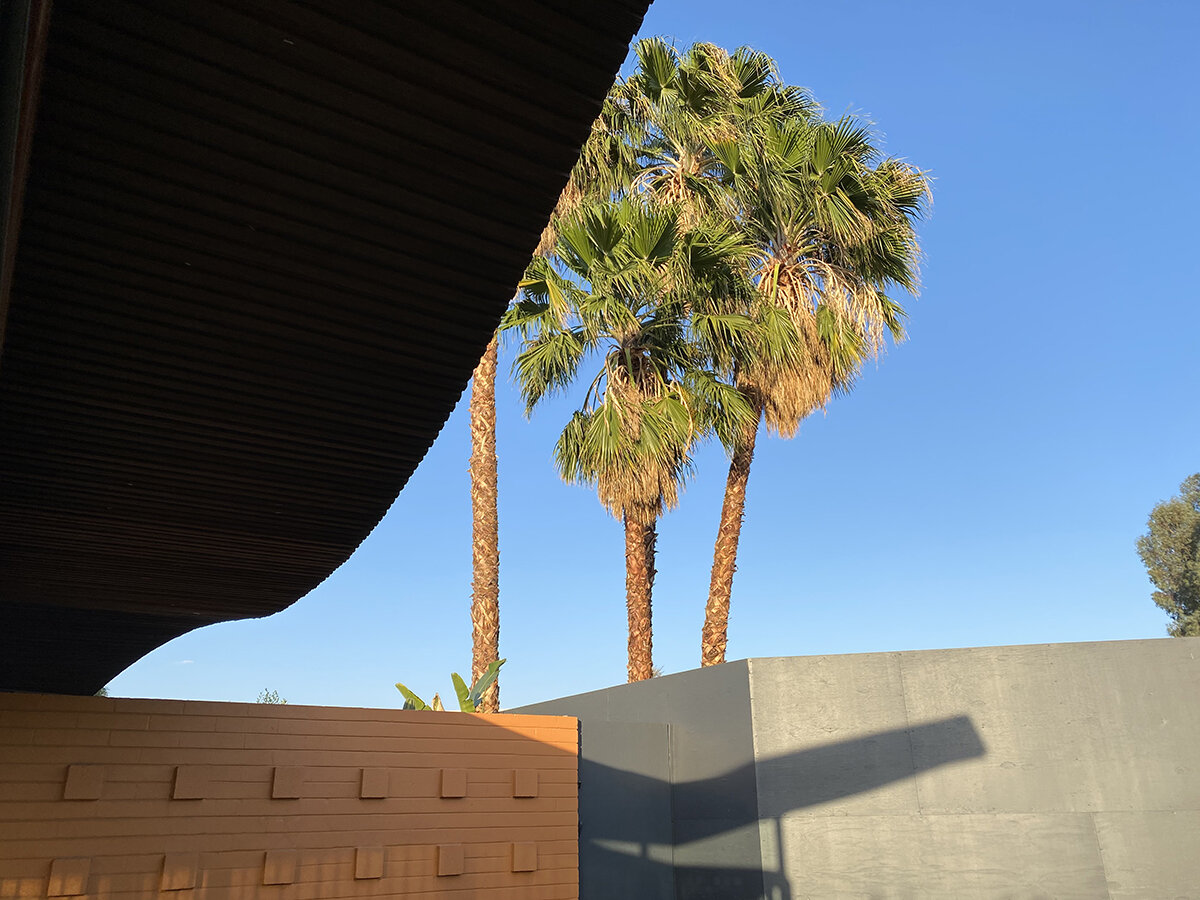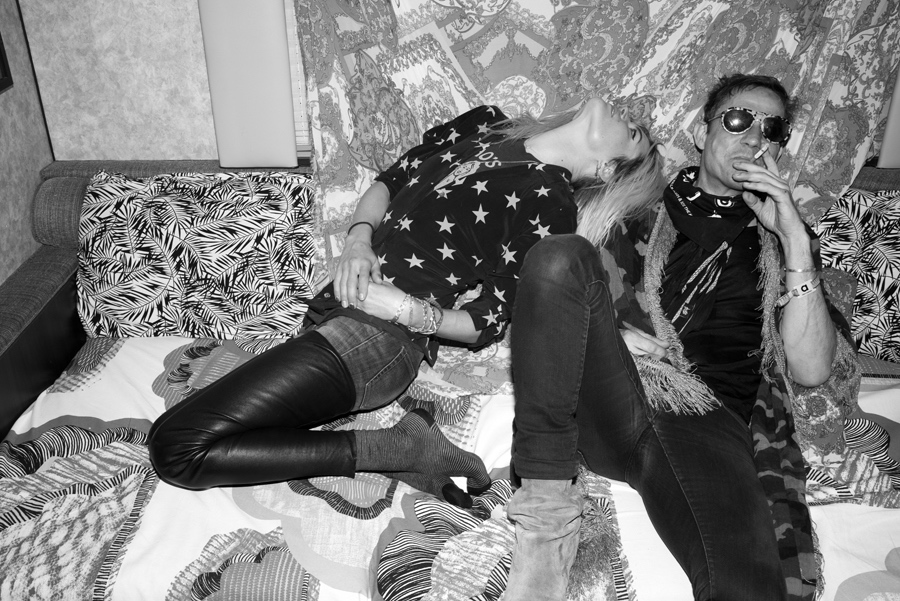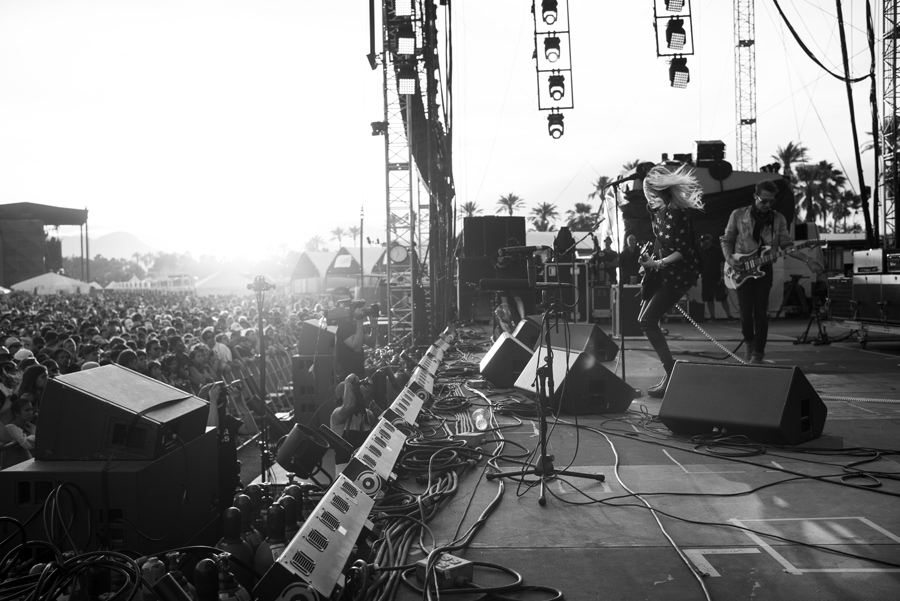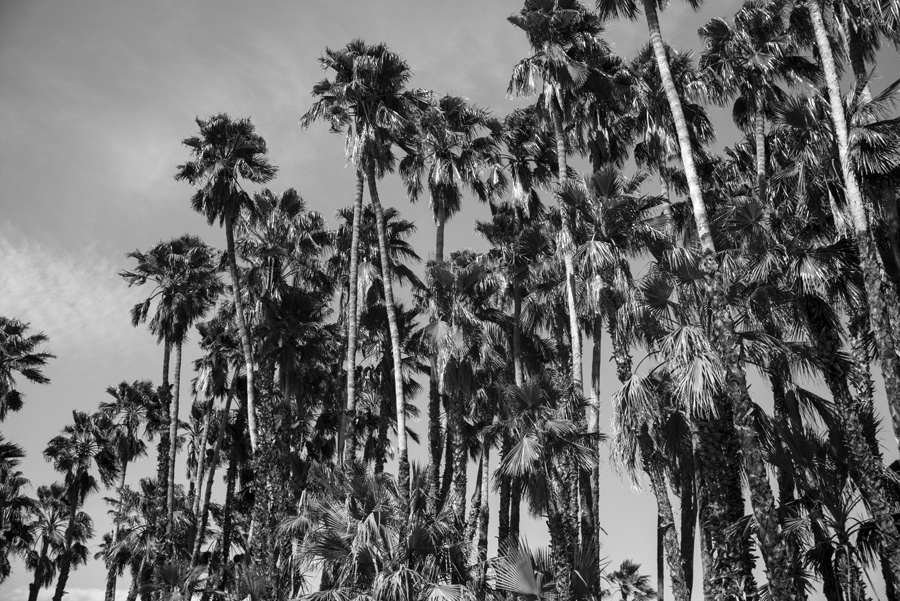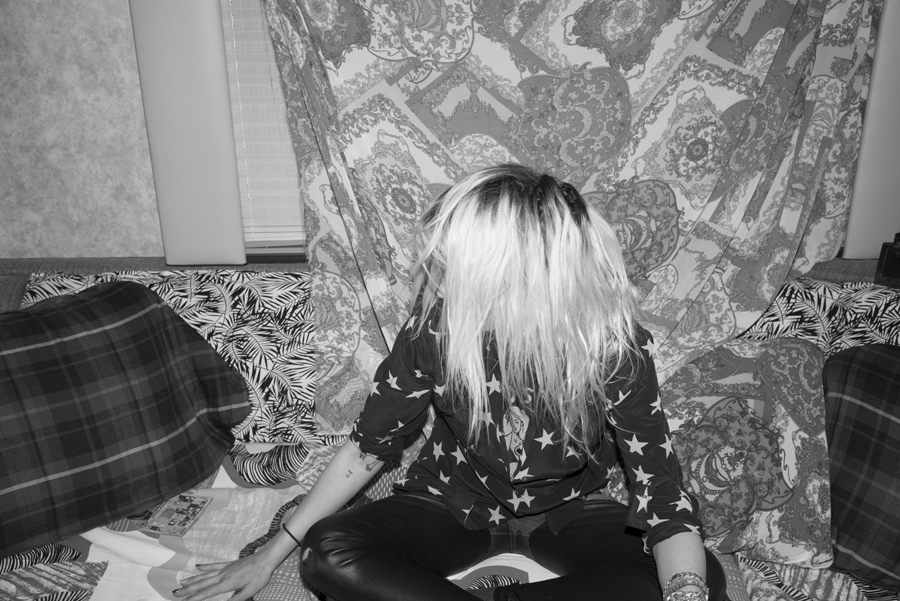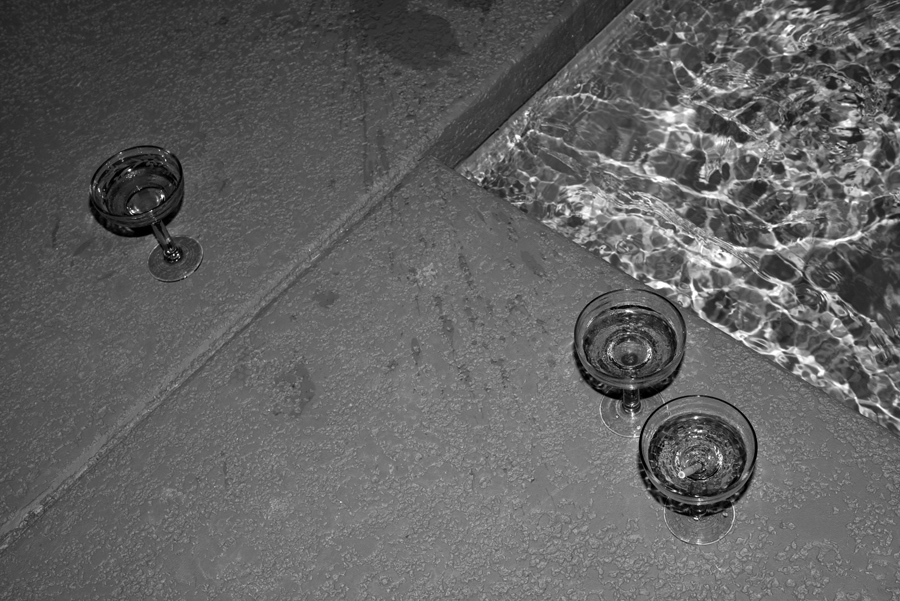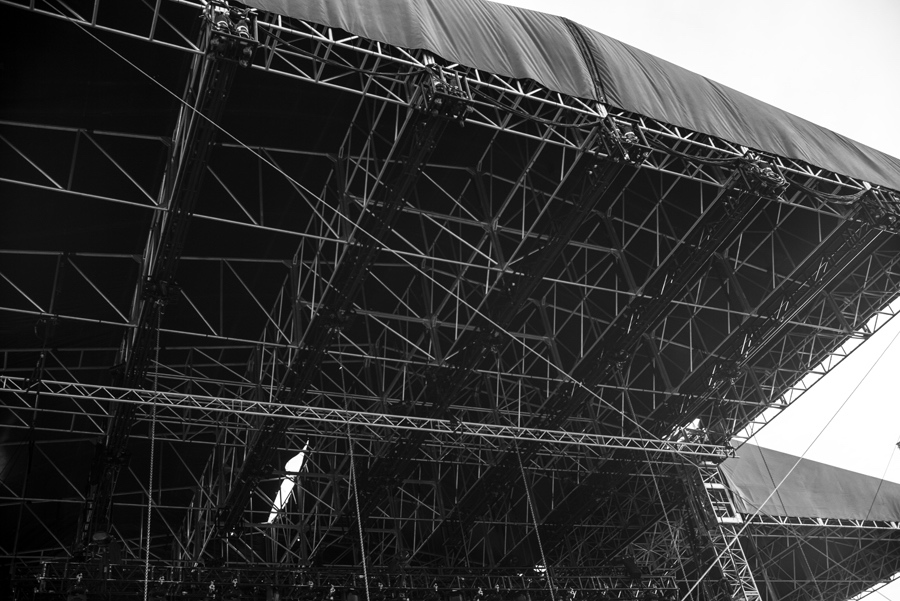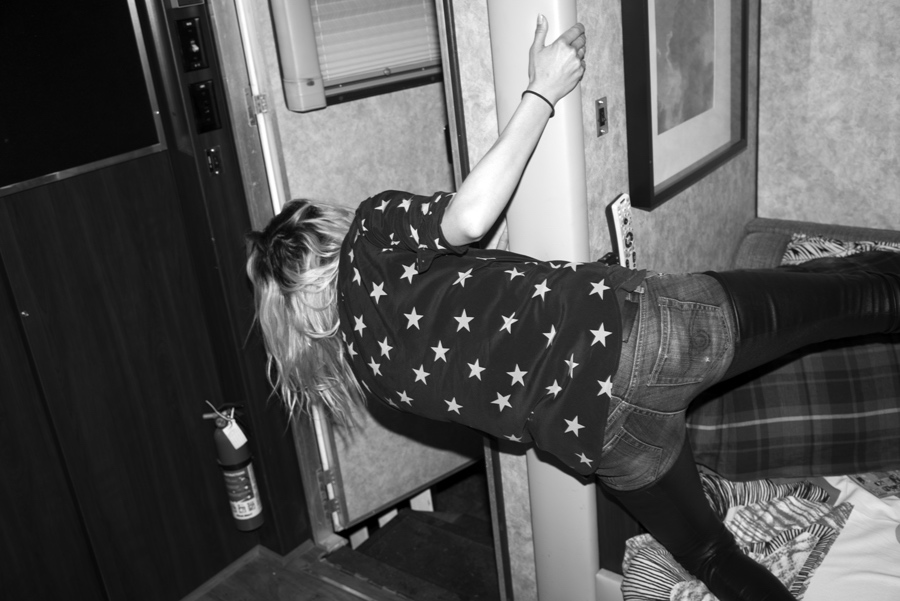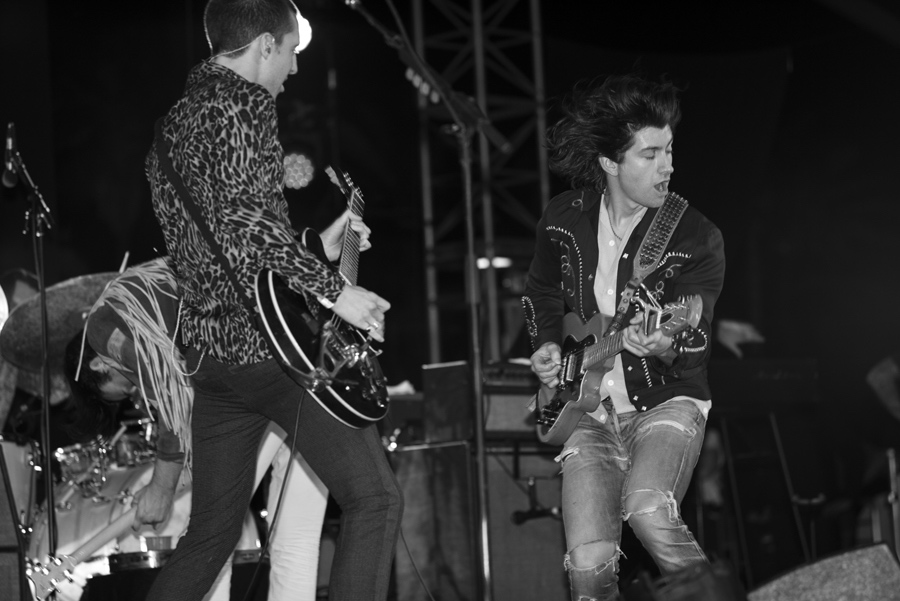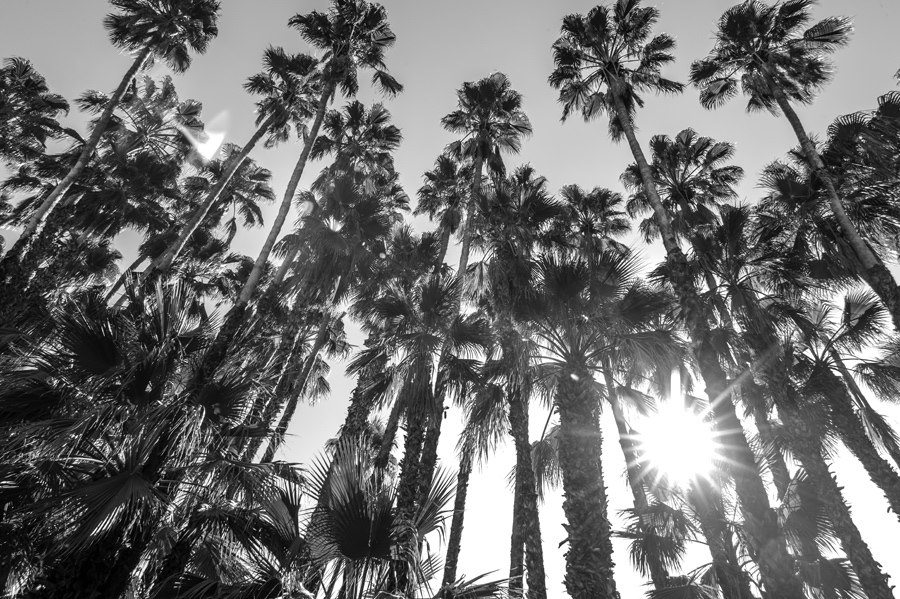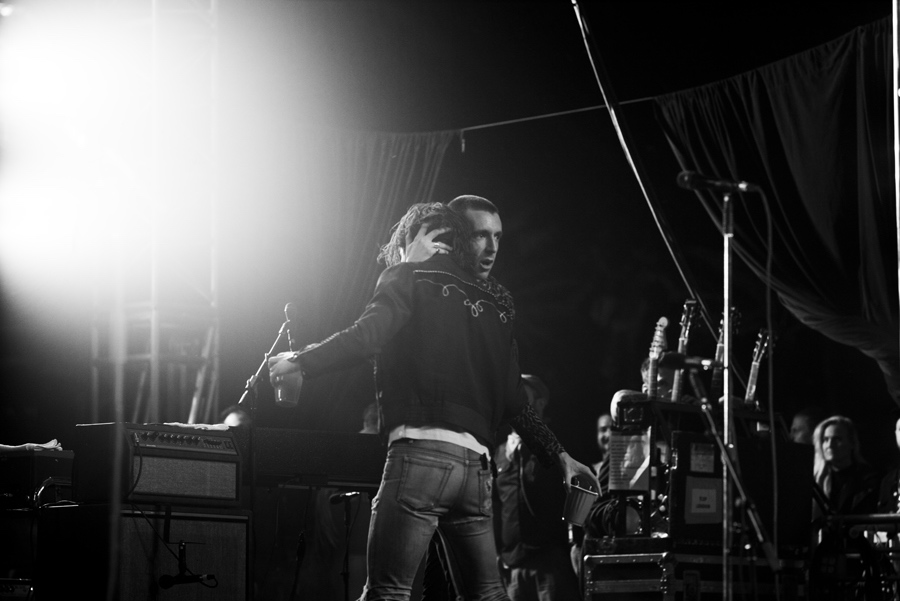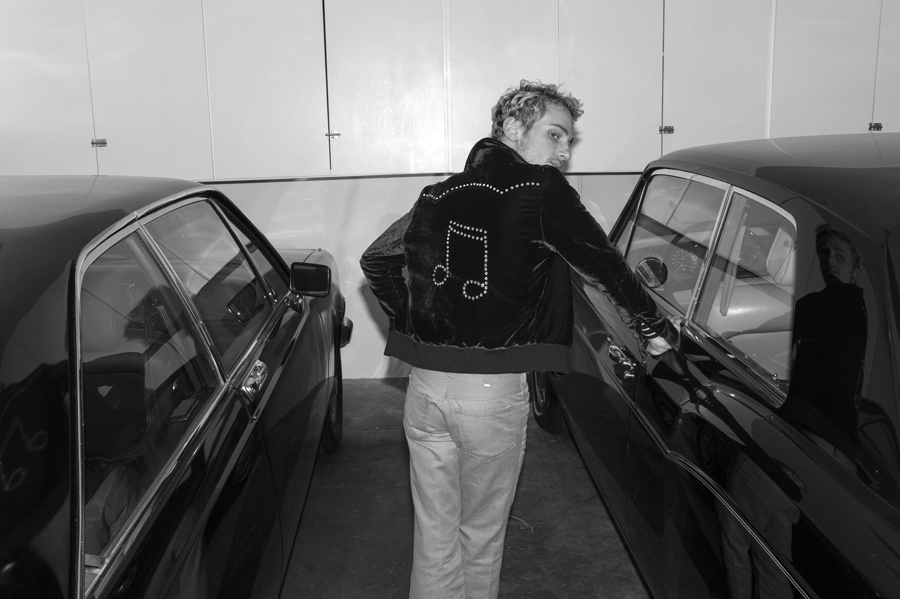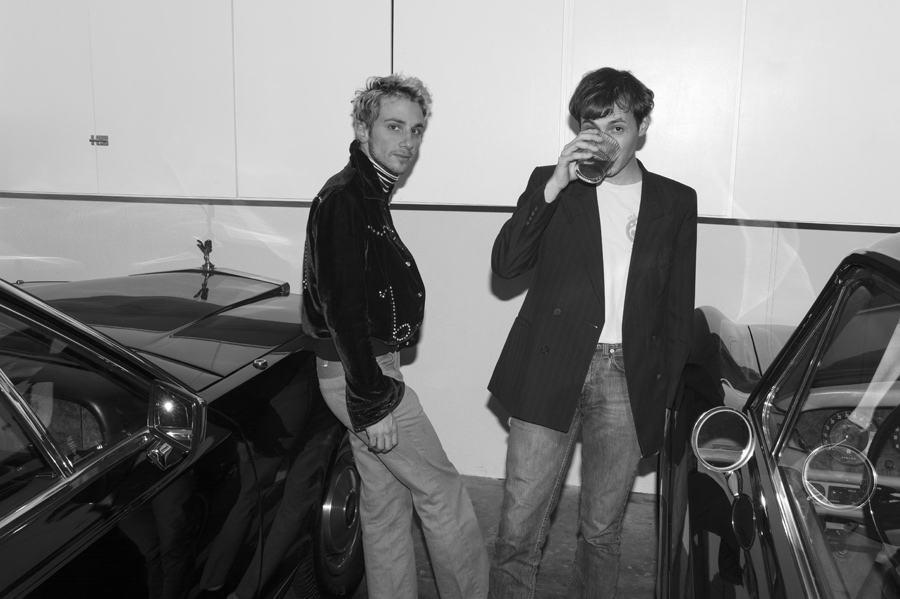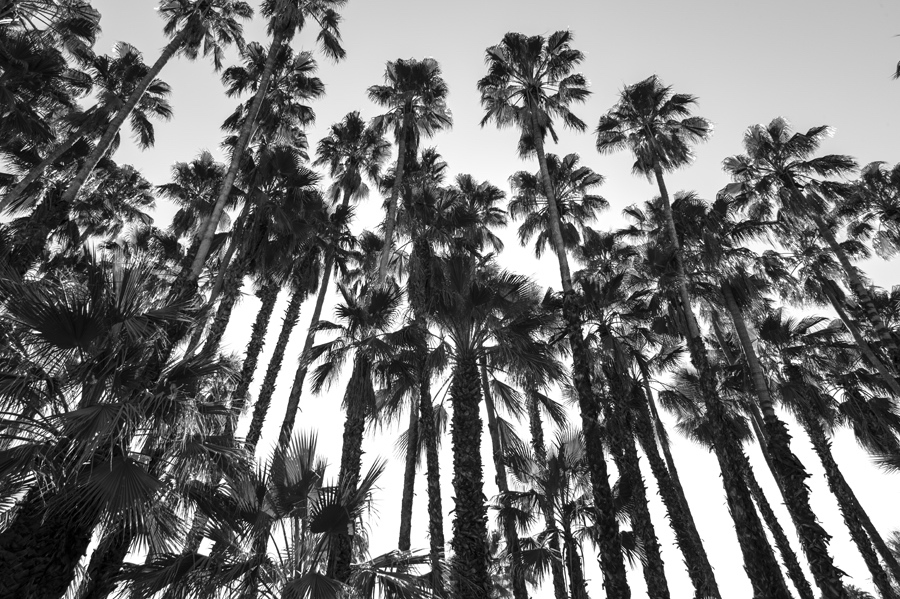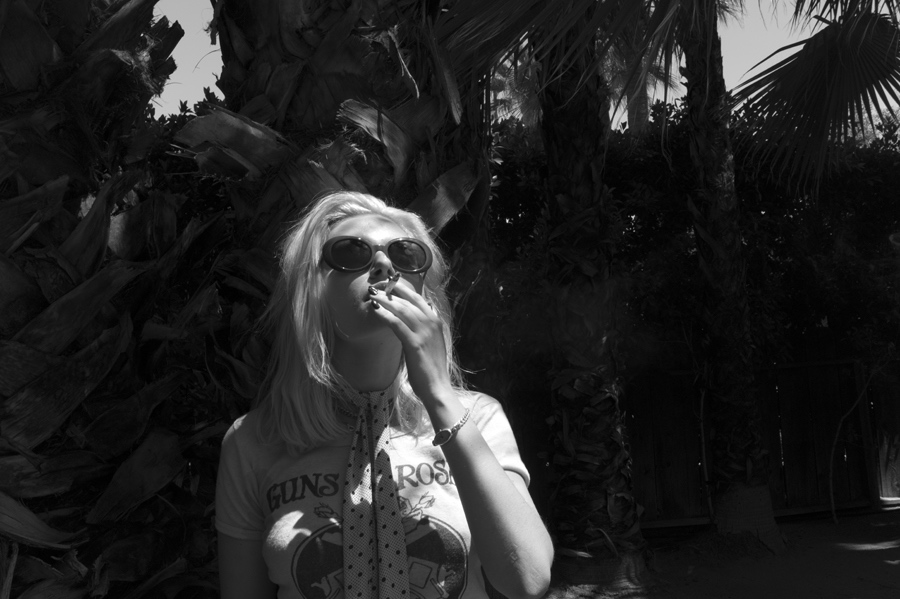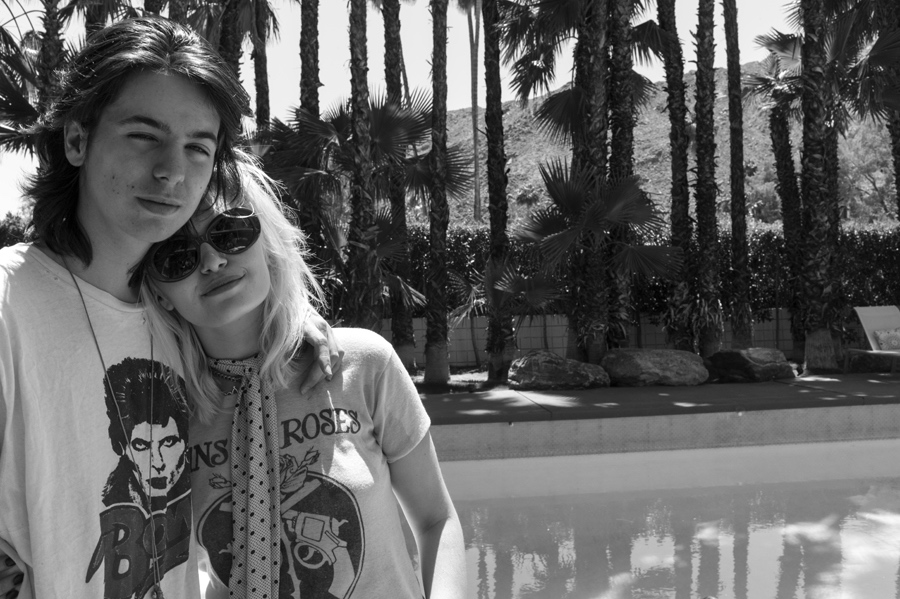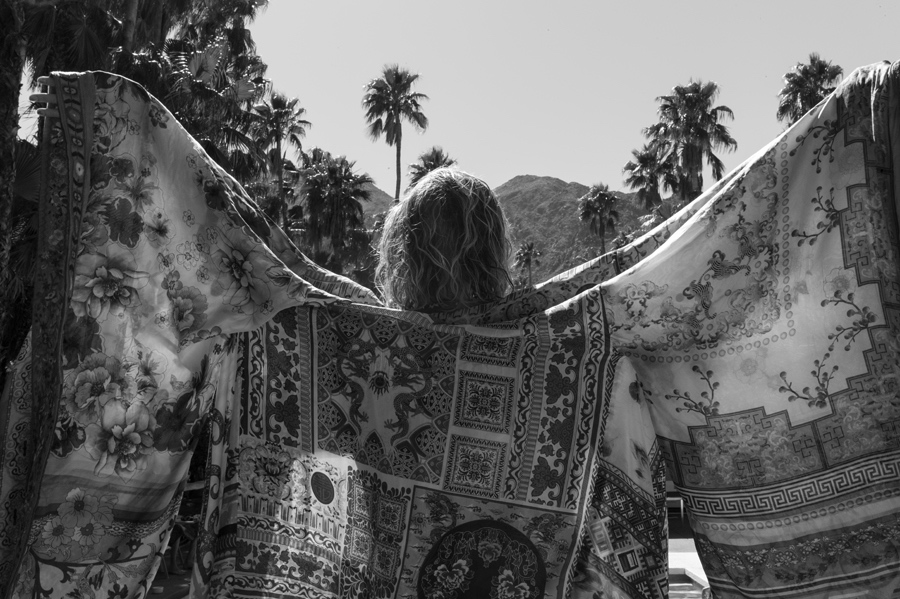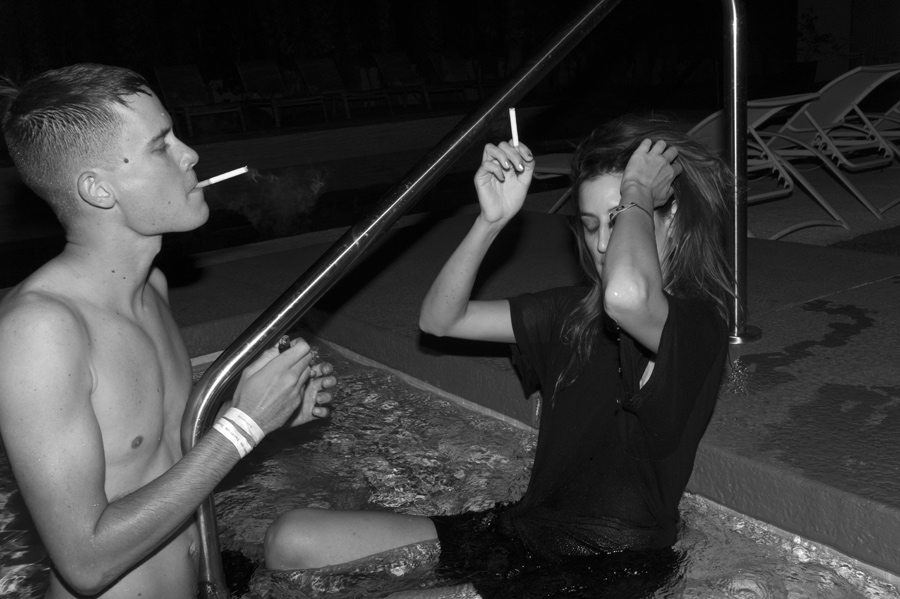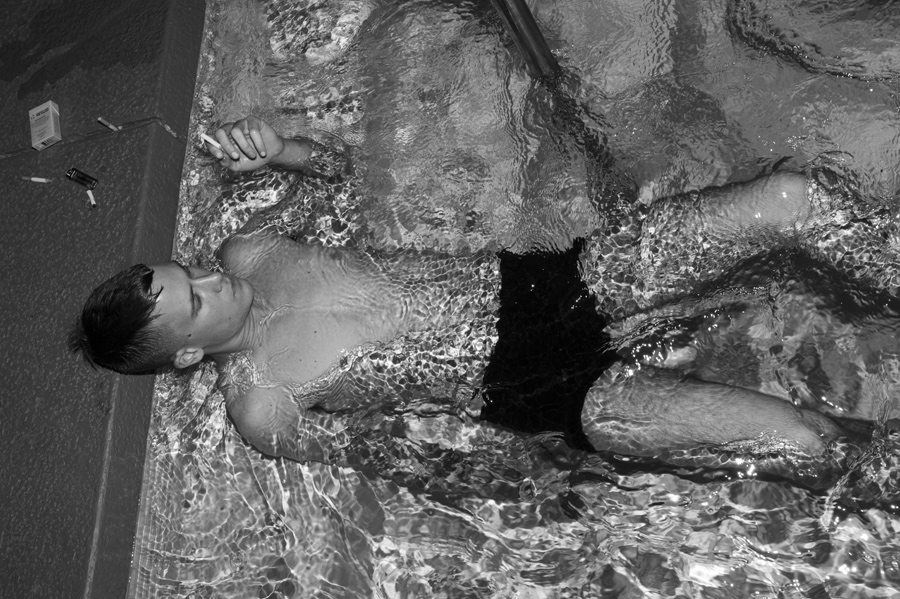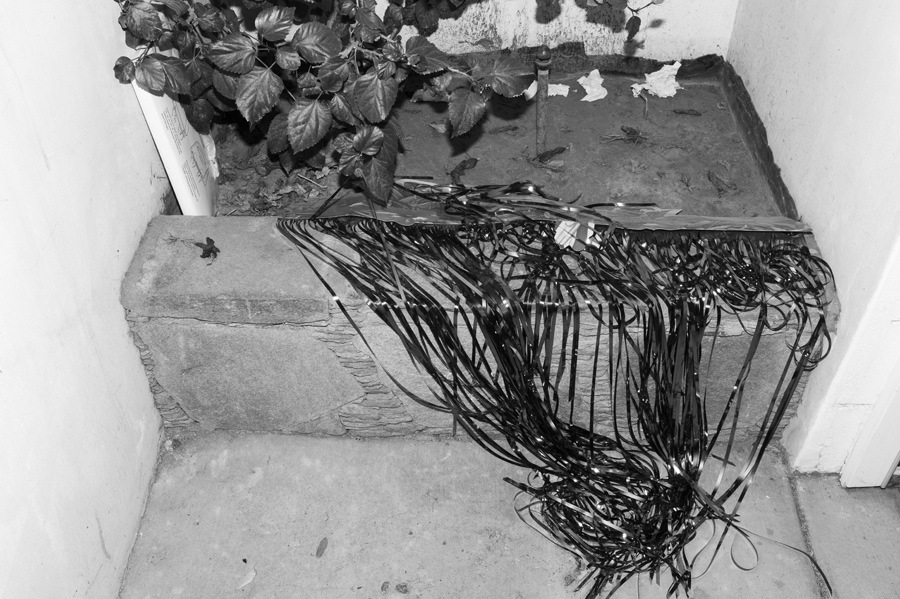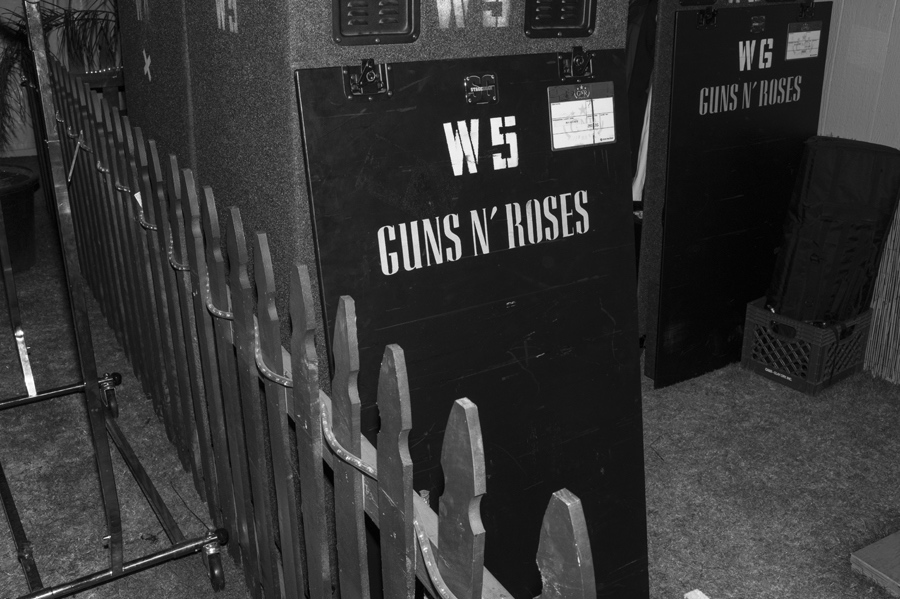Andrea Zittel
A-Z Wagon Station customized by Giovanni Jance
2003
Powder-coated steel, MDF, aluminum, Lexan,cushions, iPod Nano, headphones, solar iPod chargers
91 x 82 x 57 inches
© Andrea Zittel, Courtesy the artist and Regen Projects, Los Angeles
The desert is an unforgiving, but magnetic landscape. Agnes Pelton, Georgia O'Keeffe, Walter De Maria, Michael Heizer, Robert Smithson, Nancy Holt, and many more artists have all been drawn to the desert of the American West. Its barrenness, its potential, its raw heat, its solitude, and liquid mirages all provide a contemplative and hot combination of all the right ecosystemic ingredients for artists to experiment and conceive of cosmic ideas. Even the word desert is alluring: it comes from the ecclesiastical Latin root desertum, which means a “forsaken” or “abandoned” place. Lately, though, the desert has become less a quirk of America’s multifold topography and more a frightening, but beautiful prelude to an arid, lifeless future on Earth.
Andrea Zittel fits into the historical canon of artists lured to these forsaken and abandoned landscapes—abandoned by time and most botanic nature—but she isn’t so much a land artist as she is an artist of the land. Like the late artist and sculptor Noah Purifoy before her, Zittel is not a visitor—she is a guardian of the desert’s inexplicable potential as a testing ground for future civilizations who might live in a world that is going through a rapid process of what geologists call desertification. According to scientists, over a third of the world is going through this process, and every year 120,000 square kilometers of land turns into an actual desert. Studies show that if global carbon emissions aren’t curbed, much of the Earth will become a desert by 2050. Read more. Originally published in Autre’s Biodiversity Issue, FW 2021


